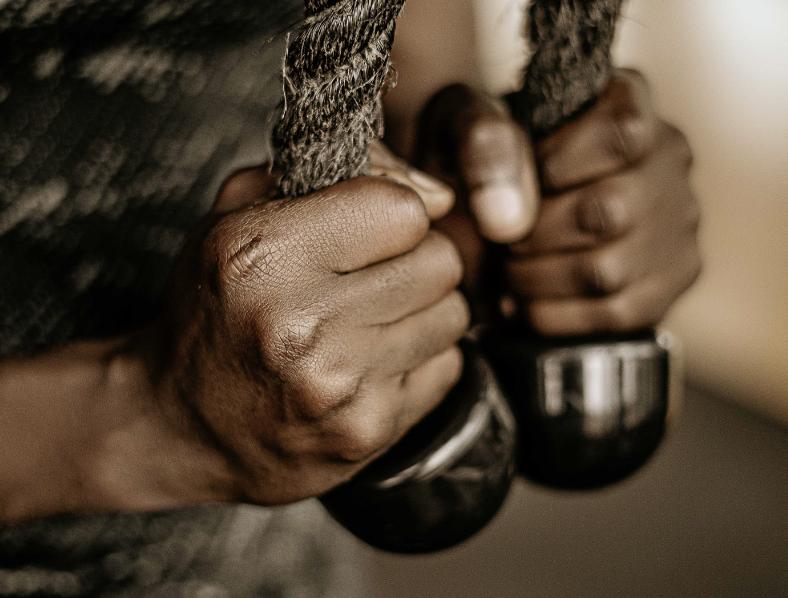Muscle wasting, also known as muscle atrophy or sarcopenia, is a condition characterized by losing muscle mass, strength, and function. It is commonly observed in older adults, especially those over 65. Age-related muscle wasting can significantly impact an individual’s quality of life and overall health.
Eight tips to combat muscle wasting in elderly
Here are eight tips to combat muscle weakening in older people
1. Regular Exercise
Engage in regular physical activity, including aerobic exercises (walking, swimming, or cycling) and strength training exercises. Strength training, specifically, helps build and maintain muscle mass. Work with a healthcare professional or a certified trainer to design an exercise program that suits your abilities and needs.
2. Resistance Training
Incorporate resistance exercises into your routine, such as lifting weights or using resistance bands. These activities help stimulate muscle growth and enhance strength. Start with lighter weights and gradually increase the intensity as you become more comfortable and substantial.
3. Adequate Protein Intake
Consume sufficient amounts of high-quality protein to support muscle health. Good protein sources include lean meats, poultry, fish, eggs, dairy products, legumes, and nuts. Aim for about 1-1.2 grams of protein per kilogram of body weight per day, but consult a healthcare professional for personalized recommendations.
4. Balanced Diet
Maintain a well-balanced diet that includes a variety of nutrient-rich foods. Include fruits, vegetables, whole grains, and healthy fats to provide essential vitamins, minerals, and antioxidants that support overall health and muscle function.
5. Stay Hydrated
Drink an adequate amount of water throughout the day. Proper hydration is essential for optimal muscle function and recovery.
6. Avoid a Sedentary Lifestyle
Limit prolonged periods of inactivity and avoid excessive sitting or lying down. Instead, exercise regular physical activity and incorporate movement into your daily routine.
7. Fall Prevention
Take precautions to prevent falls, leading to fractures and further muscle loss. For example, remove tripping hazards in the home, use assistive devices if necessary, and maintain good balance through exercises like yoga or tai chi.
8. Seek Professional Guidance
Consult with healthcare professionals, including physicians, dietitians, or physical therapists, who can provide personalized advice, assess your needs, and effectively manage muscle wasting.
Take away home
As we age, our muscles may become lean and weak due to several causes. As a result, we usually experience difficulty in mobility and even carrying out daily activities. However, taking preventive measures can help us minimize muscle wasting and its symptoms. These include regular physical exercise, a balanced diet, adequate hydration, and resistance training. In severe cases, it is necessary to get professional help early to avoid any unfortunate event.

